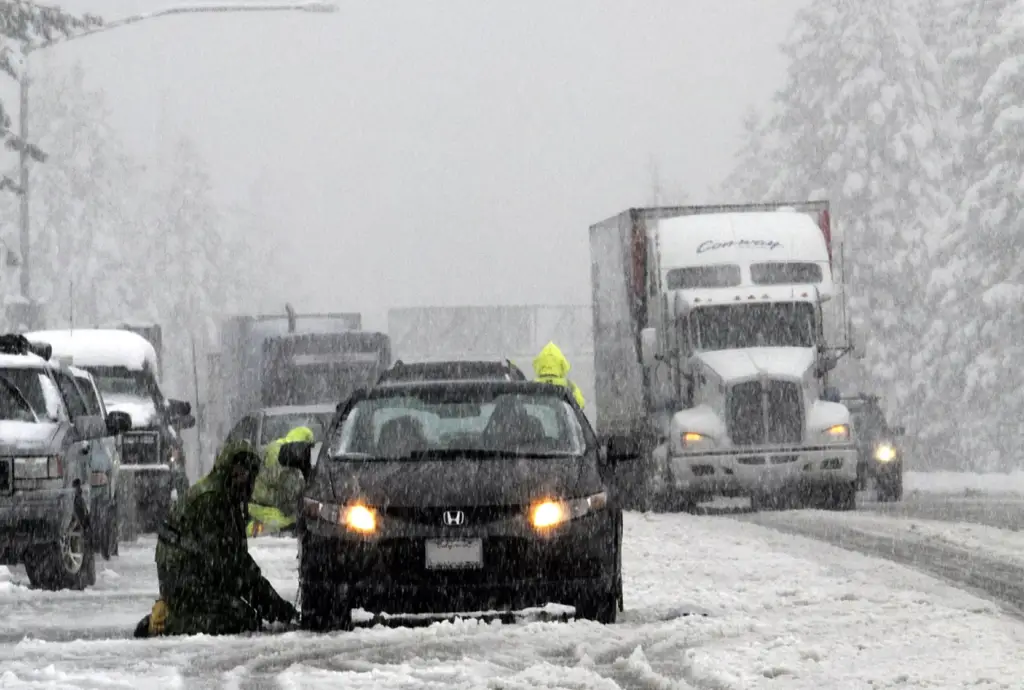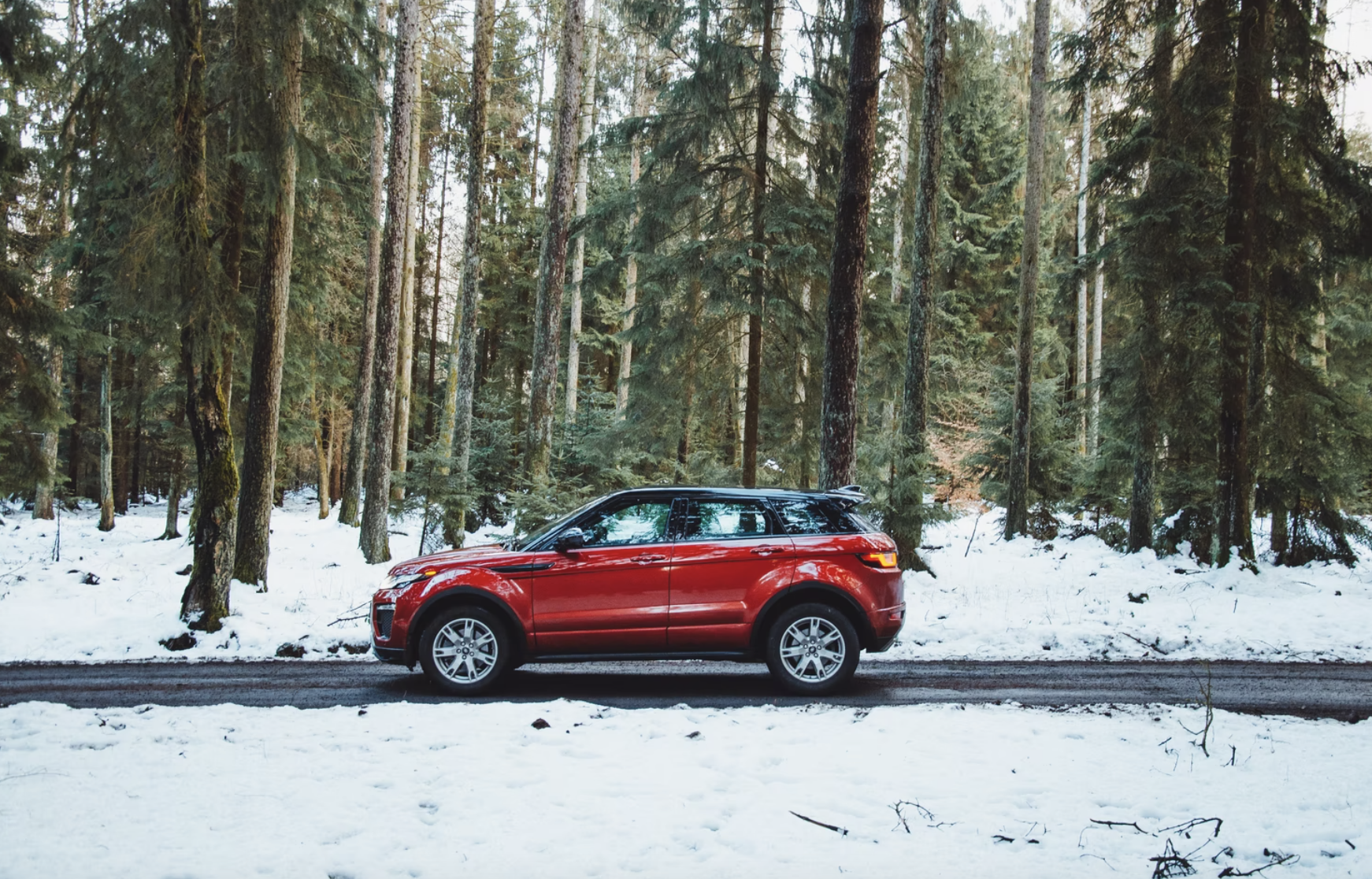All wheel drive cars – AWD, 4WD, 4×4, Quattro, 4Matic, 4Motion, X-Drive – all the meaningful badges and emblems buzzing around mean the same thing: that all four wheels of the car are driven. But there’s something that explains why all-wheel-drive has had a boom recently.
In the first automobiles, only the rear wheels were driven, then the advantages of the front-wheel-drive were discovered until all four were finally mobilized. For a long time, all-wheel-drive was reserved for pure off-road devices like the original Jeep, and it wasn’t until the 1980s that it began to be used in passenger cars.

Why all-wheel-drive is all the rage
For several years now, all-wheel-drive technology has been on the rise: in the previous year, almost every fourth new car in the country was equipped with it. Above all, the premium brands are stepping on the gas, where 4WD is increasingly becoming a must-have accessory, and the SUV boom is also leaving its mark. Why not? There’s better traction and driving stability on slippery surfaces, be it snow, rain, or even ice.
High-performance cars bring their power to the road more reliably and without embarrassing tire squeals. In short: more safety, but also comfort, for example when you can get out of the snow-covered parking lot without shoveling or avoid having to put on snow chains on the mountain.
Anyone who drives with all-wheel drive in winter enjoys many advantages: No spinning wheels, high driving stability, more safety. Is there still a need for winter tires?
Why conventional drive sucks in winter
Cars with conventional rear or front-wheel drive are also roadworthy in winter. However, these types of drive also have their weaknesses. With rear-wheel drives, it is precisely the driven rear tires that are particularly susceptible to loss of traction on icy surfaces. Drivers of older car models sometimes weigh down the rear of the car in winter, for example with sandbags in the trunk, to create more pressure on the rear tires and increase traction. In the case of newer vehicle models, the weight distribution has been optimized by the manufacturers so that the driven tires transfer the power better to the icy road. Nevertheless, the rear of the vehicle can slide on ice and snow and the car can skid.

Here’s a bit of explanation. Rear-wheel-drive cars have the engine in the rear, which at the same time ensures higher contact pressure and thus promotes power transmission. A front-wheel-drive, which is also always a front-wheel-drive in some commercial vehicles – that is, the engine is installed at the front – scores with the weight of the drive unit on the right side of the vehicle even when the vehicle is unladen. If the driven tires lose their traction here, which can happen especially when moving off, the car slips away or even backward on the hill.
[maxbutton name=”Do you like this article”]
How all-wheel-drive tackles the tough winter roads
The biggest problem with snow and ice is traction. The coefficient of friction on a dry road surface is around 0.8 mu (µ) but with ice, it is only around 0.2 µ. That means: The tire can only transmit a little power. Drivers of rear-wheel-drive cars notice this particularly quickly. Compared to front-wheel drive vehicles, there is comparatively little weight on the axle. The result: the wheels spin even faster on the slippery road surface. That’s why owners of 2-wheel-drive cars used to often put sandbags in the trunk in winter. In modern cars with rear-wheel drive, this is usually no longer necessary due to better weight distribution.
But if you want to be on the safe side in the cold season, you should opt for all-wheel drive. That can have real advantages in winter because four tires bring more power to the road than two driven wheels. You can also get up a mountain much faster with a vehicle like this in winter. And a 4×4 car often makes better progress when cornering quickly.
All-wheel drive in winter – the advantages
If four tires provide power, of course, more of it ends up on the road. Where a conventional drive fails at some point – the ice is too slippery, the snow too deep, the road too steep – the car with the drive, also known as 4×4 or AWD (All Wheel Drive), can go a little further because the wheels can turn at different speeds thanks to the differential gear. So if one tire slips on one axle, the other on the same axle does not automatically do the same. In winter, this prevents the unpopular spinning on slopes and when starting and reduces the risk of understeer or oversteer in curves. As with dry roads, all-wheel drive vehicles are generally safer and more stable to steer.
The disadvantages of all-wheel drive
In this case, however, more technology also means more weight and therefore more fuel consumption. All-wheel-drive, for example, requires an additional clutch and more drive shafts. That’s why all-wheel drive vehicles are more expensive to buy. Anyone who has climbed the icy mountain with their 4×4 drive without any problems will notice when driving downhill that the type of drive does not have any advantages here. The car slips like everyone else.
The same applies to braking, here the advantage of all-wheel drive does not count at all, because, like all other vehicles, braking is carried out with four tires. If you now also have summer tires on, things quickly get really tricky.
Is everything okay with all-wheel drive and winter tires?
The advantages of the 4×4 drive are actually only as strong as the tires on it. At some point summer tires simply reach their limits in winter. Good winter tires increase the already good traction of the all-wheel-drive by a considerable amount and are therefore not only necessary for driving pleasure and safety but – as for all others – are required by law. Apart from that, the all-wheel-drive in no way replaces the anticipatory driving style that is adapted to the weather conditions.

How all-wheel-drive works on the black ice
Slipping your car – exactly what you want to avoid. You learn it in driving school, and if it happens anyway, there is an electronic wonder thing called ESP that controls the load before you notice anything at the wheel. But what if you want to spin? Then you should also master the technique of drifting if possible. This usually means: Bring the rear of the car to break away with targeted thrusts in order to then cross the curve across the bend. Looks great, is great fun, and is proof of greater vehicle control.
[maxbutton name=”Do you like this article”]
However, public roads are extremely unsuitable for practicing. Unless you are able to afford a driving course from brands such as Audi, BMW, Mercedes, Porsche, or Aston Martin. There you learn the art of perfectly shaped drifting on snow and ice under expert guidance. The locations range from posh St. Moritz to Sölden to exotic New Zealand or Hokkaido in Japan. In winter, BMW, Porsche, and Mercedes-AMG pitch their tents in Arjeplog, Sweden, near the Arctic Circle, where low temperatures and plenty of snow are guaranteed.
The equipment of the events is just as premium as the mobile pedestal, there is usually first-class food and fine quarters on offer. Accordingly, tariffs should not be expected below 4250 euros for a multi-day package, the car is included. It is cheaper to skid in the Tyrolean Ötztal – Sölden is the traditional home of the BMW winter driving technique courses. Course times and prices can be found on the websites of the manufacturers mentioned.

Conclusion
Even all-wheel-drive drivers should not blindly trust the technology. All-wheel drive offers drivers more stability on slippery roads but they are not a substitute for careful driving. When you have reached the top of the hill, you will have the same problems in the four-wheel-drive vehicle as any other driver. When driving downhill, the all-wheel-drive offers no advantages. However, drivers of large SUVs often forget this. At first, many were driving too fast in their large SUVs and then got off the road. Because even in the all-wheel-drive vehicle, the following applies: The laws of physics cannot be overridden.
[maxbutton name=”Do you like this article”]

